Discovering the Types of Chinese Bamboo Plants
Dec 3, 2025, 9:20 AM
Bamboo has a particular position in Chinese culture because of its elegant shape and long history. Bamboo is more than simply a plant; it is a representation of strength, adaptability, and endurance because of its reputation for durability and adaptability. Bamboo is used extensively in construction, cooking, and craftsmanship in daily life, but it also symbolizes moral integrity in Chinese art. China is home to more than 500 species of bamboo, each with special traits and applications.
Some of the most well-known varieties of Chinese bamboo plants will be discussed in this blog, along with their importance in both traditional and contemporary settings.
Bamboo's Cultural Significance in China
Prior to delving into the various varieties, it is crucial to comprehend the symbolic and utilitarian significance of bamboo in China. Bamboo's long, straight stems and its capacity to bend without breaking make it a popular emblem of virtue. Bamboo is a metaphor of strength and modesty in Chinese philosophy; it is robust on the exterior yet hollow on the inside, signifying humility. Along with plum blossoms, orchids, and chrysanthemums, it is also one of the "Four Gentlemen" plants in Chinese painting, each of which symbolizes a distinct season and a collection of highly regarded virtues.
Bamboo is a vital resource in day-to-day living. It is utilized in everything from paper and musical instruments to building materials and furnishings. Because of their delicate flavor and crunchy texture, bamboo shoots are also a common element in many Chinese recipes.
1. Phyllostachys edulis, or Moso Bamboo
The most well-known bamboo species in China is Moso bamboo, also known as "Mao Zhu" in Chinese. The largest of the temperate bamboos, this huge bamboo is indigenous to southern China and can grow to remarkable heights.
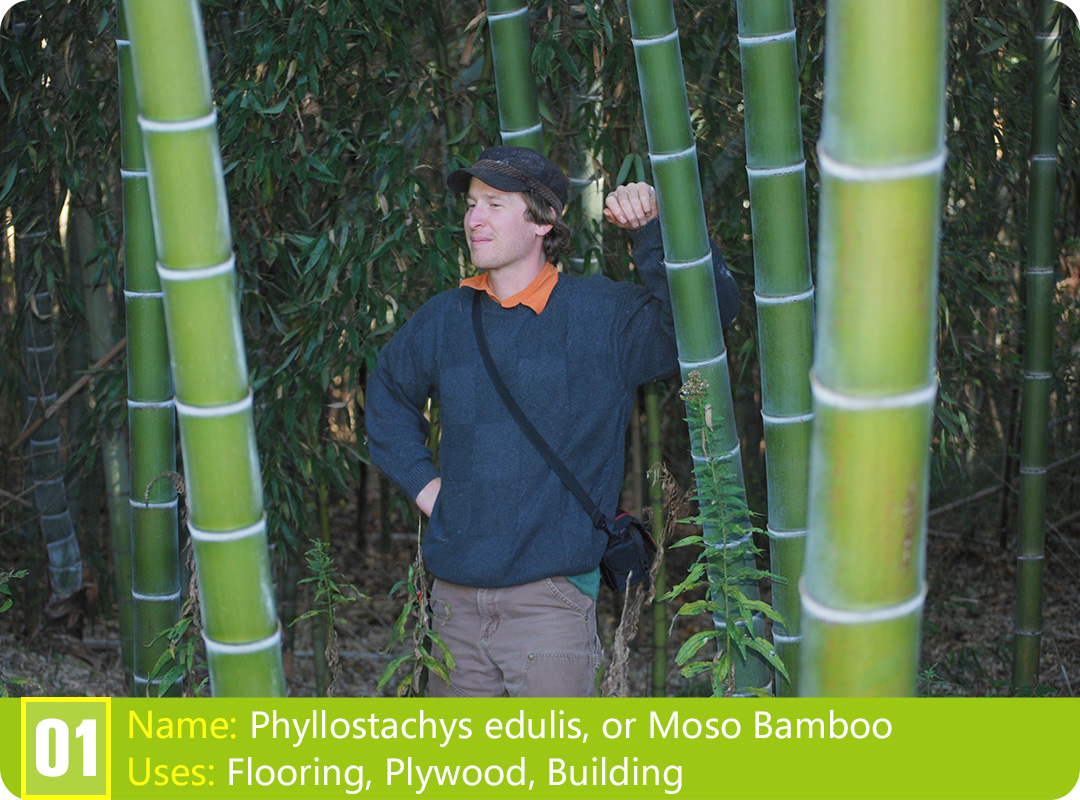
- With culms (stems) up to 8 inches in diameter, it can reach a height of 90 feet.
- Growth: It is well known for growing quickly; in some cases, it has been reported to grow more than three feet in a single day.
- Applications: Moso bamboo is an essential component of flooring, furniture, and building. In Chinese cooking, its shoots are also collected as a delicacy.
- Significance: Moso bamboo's strength and resilience make it especially prized. It is a significant global supplier of raw materials for bamboo-based goods, including textiles and flooring. Its endurance and quick growth make it a symbol of persistence in Chinese culture.
Qualities:
2. Phyllostachys nigra, or black bamboo
One of the most eye-catching bamboo species is black bamboo, also known as "Hei Zhu," which is distinguished by its distinctive black culms. This bamboo, which is native to the province of Hunan, is frequently grown for its aesthetic qualities.

- Height: Up to thirty feet in height, with a diameter of one to two inches.
- Culms appear green at first but eventually turn deep black, usually in three years.
- Uses: Black bamboo is used to make beautiful furniture, crafts, and musical instruments, but it is primarily employed in landscaping for its aesthetic appeal.
- Significance: Black bamboo is a popular choice for landscape design and artistic decorating because to its distinctive, dark appearance. It is a common option in traditional Chinese gardens because of its symbolic meaning in Chinese culture, which centers on beauty and mystery.
Qualities:
3. Phyllostachys aurea, or golden bamboo
"Huang Zhu," or golden bamboo, is distinguished by its unique golden-yellow hue. Because of its remarkable look, this species is frequently utilized for landscaping and ornamental purposes.

- Height: Reachs a maximum height of 35 feet and a diameter of roughly 1.5 inches.
- Look: The golden-yellow culms, which frequently have a small curvature, enhance the plant's visual appeal.
- Uses: Mainly for landscaping in parks and gardens. Additionally, its culms are used to make fencing and screens, among other tiny home goods.
- Significance: Often planted in gardens to form hedges or organic screens, golden bamboo is prized for its beauty. In Chinese tradition, its vivid hue and straight growth represent wealth and grace.
Qualities:
4. Fargesia dracocephala, or dragon head bamboo
The clumping bamboo species known as "Long Tou Zhu," or dragon head bamboo, is indigenous to China's hilly areas. Its leaves, which are thought to resemble a dragon's head, are the source of its name.
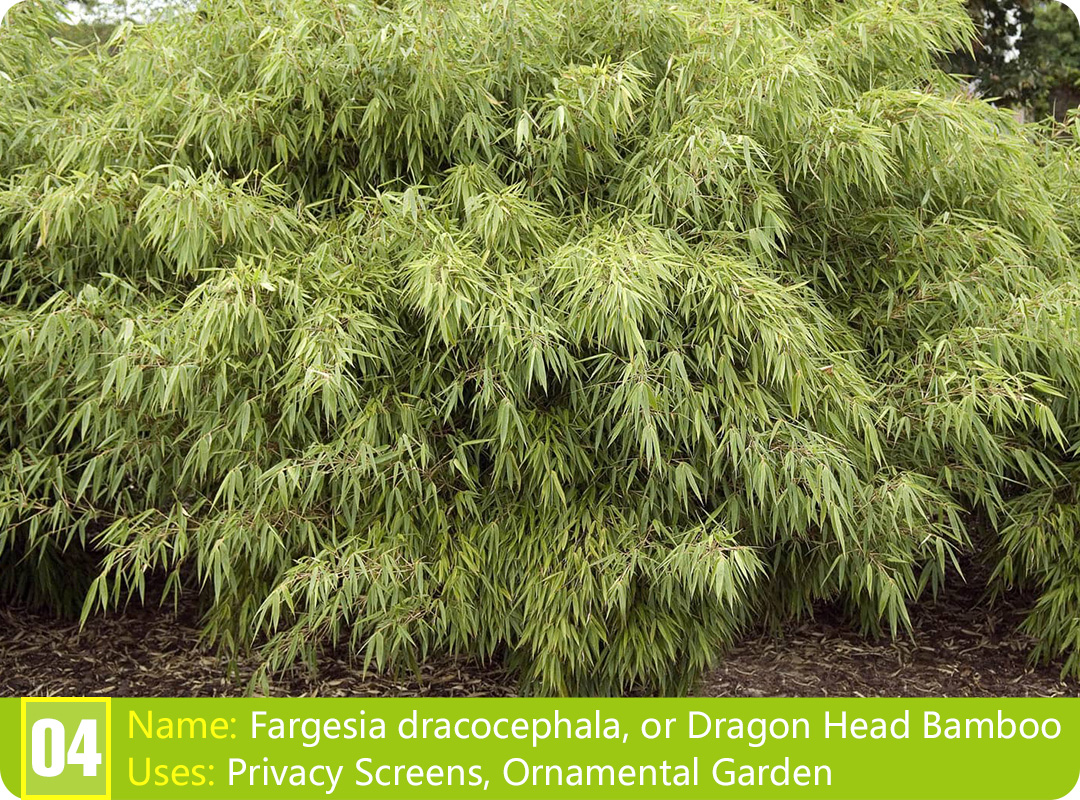
- Height: Usually reaches a height of 10 to 15 feet.
- Look: It appears delicate due to its thin, pointed leaves and slender, arching culms.
- Uses: Because of its small size and elegant shape, it is frequently used as privacy screens and in ornamental gardens.
- Significance: Dragons are considered lucky and powerful in Chinese culture. Because of its hardiness and dragon-like characteristics, dragon head bamboo is thought to be a plant that bestows power and wealth on its growers.
Qualities:
5. Water Bamboo (textilis bambusa)
Another noteworthy species is water bamboo, also known as "Shui Zhu," which is frequently found in damp areas like ponds and riverbanks. It is a common choice for bringing a sense of peace to gardens and landscapes because of its tall, slender culms and beautiful leaves.
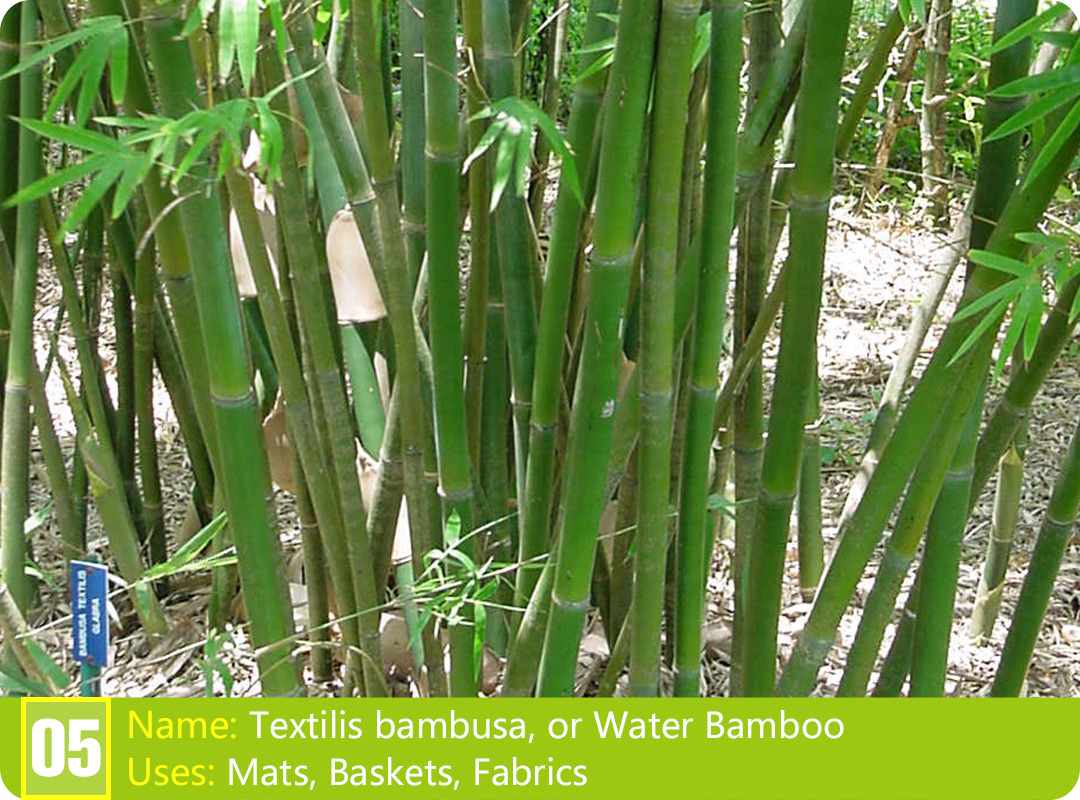
- Features: Height: Capable of reaching a height of thirty feet.
- It has an elegant aspect because to its thin, flexible culms, which are especially noticeable when it sways in the breeze.
- Applications: Water bamboo is frequently used to weave and create beautiful mats, baskets, and fabrics. It is perfect for various uses because of its strength and flexibility.
- Significance: Often placed next to water features in gardens to promote a sense of tranquility, water bamboo is linked to peace and tranquility. Its inclusion in traditional Chinese gardens represents balance with the natural world.
6. Pseudosasa japonica, or Arrow Bamboo
Arrow bamboo, also known as "Jian Zhu," got its name from the fact that ancient Chinese warriors used it to make arrows. Because of its strong, straight culms, this kind of bamboo is perfect for a variety of useful applications.
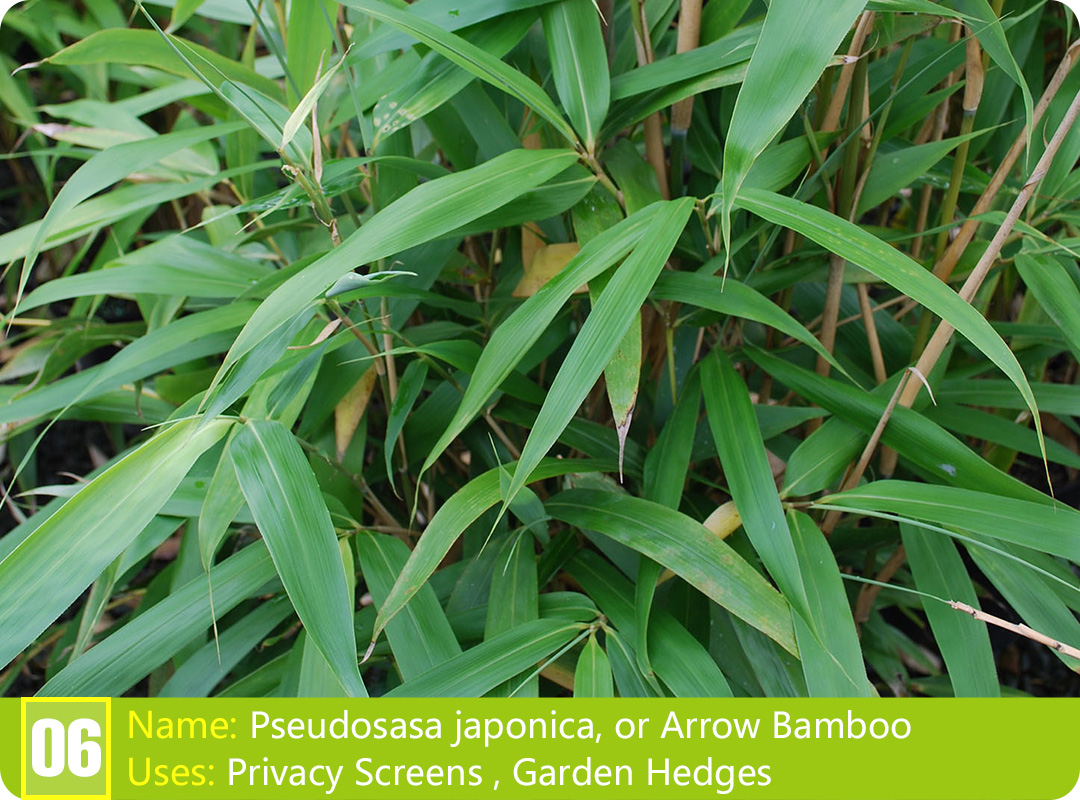
- Height: Reachs a maximum height of 18 feet, with a diameter of around 1 inch.
- Its dense leaves and straight, upright culms make it a great option for natural screening.
- Uses: Arrow bamboo has been used historically to make arrows, but now days it's mostly utilized for privacy screens and garden hedges.
- Significance: Like the arrows it previously assisted in creating, arrow bamboo conjures up notions of strength and accuracy. Because it produces dense, lush greens in garden settings, it is frequently used to create windbreaks or natural barriers.
Qualities:
7. Pleioblastus variegatus, or dwarf bamboo
Often employed as a decorative ground cover in gardens, dwarf bamboo, also known as "Zhu Cui," is a smaller type of bamboo that grows close to the ground.
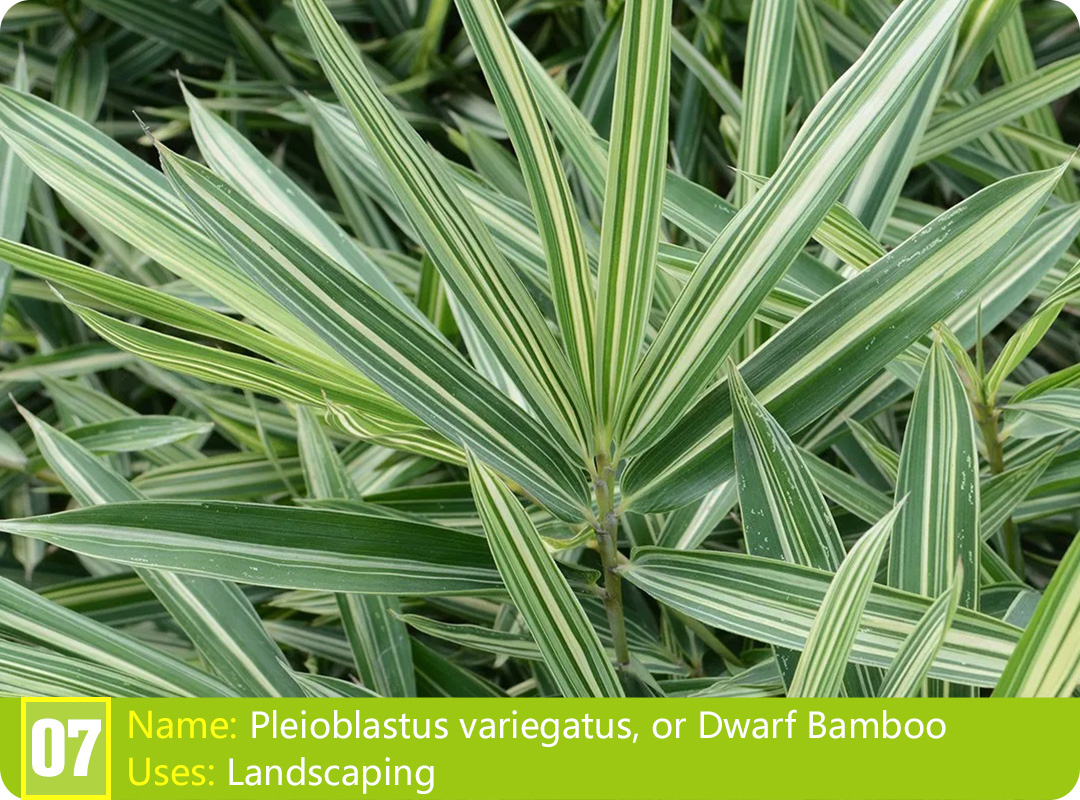
- Height: Only reaches a maximum height of three feet.
- Appearance: The ground is covered in a dense, lush layer of small, variegated leaves.
- Uses: Mostly utilized as a low hedge or ground cover in landscaping. It is easy to maintain in both traditional and modern gardens due to its tiny size.
- Significance: Due to its small size and low maintenance requirements, dwarf bamboo is highly regarded. It represents simplicity and humility and is frequently planted in Chinese and Japanese gardens to produce a lush, green carpet impression.
Qualities:
In China, bamboo is more than just a plant; it is a representation of resilience, beauty, and cultural identity. Every type of bamboo has something special to offer, from the tall Moso bamboo used in building to the graceful black and golden bamboo that decorates landscapes. Chinese bamboo plants continue to be essential to both traditional and modern life, whether they are utilized for functional reasons or are appreciated for their aesthetic value.
Gaining knowledge of the various varieties of Chinese bamboo plants can help one appreciate their practical uses and cultural value. Bamboo's diversity and symbolism have something to offer everyone, whether they are gardeners, artists, or just people who value the beauty of nature.


 皖公网安备 34180202000049号
皖公网安备 34180202000049号